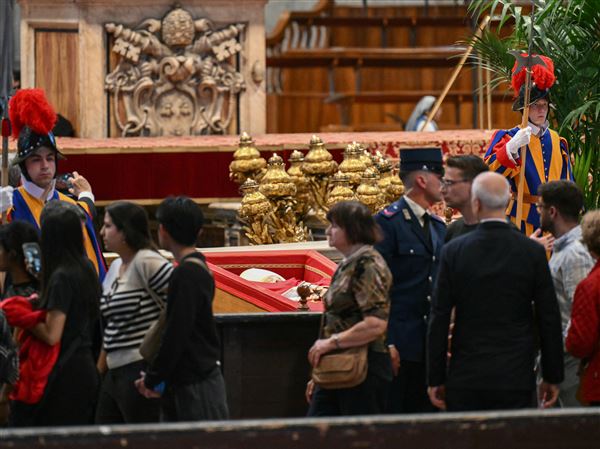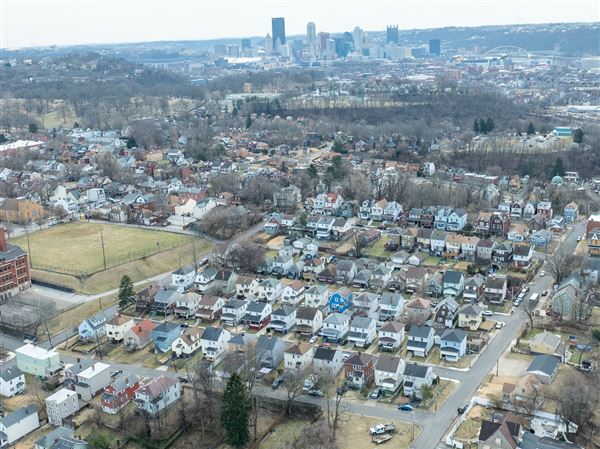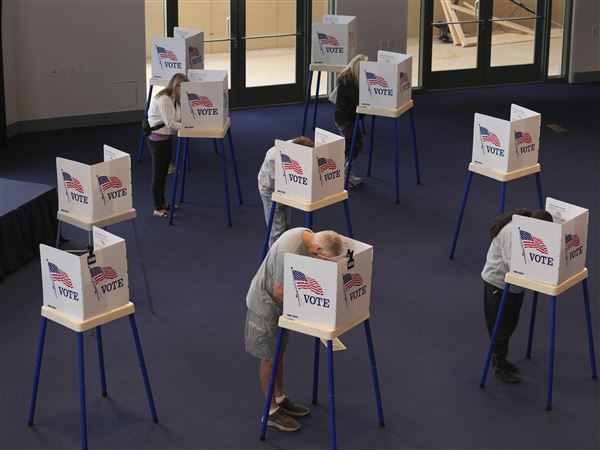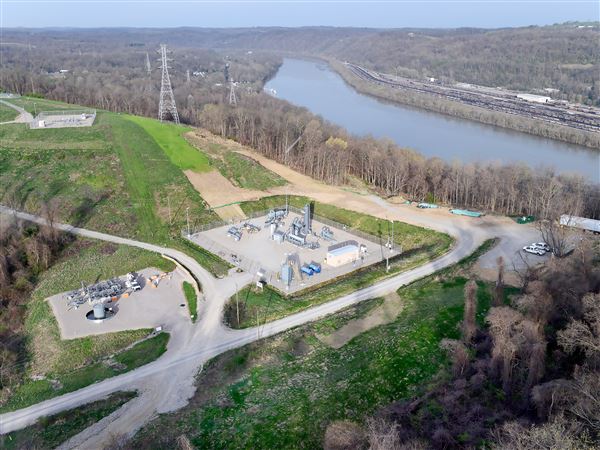She was the first woman named to head the international charity Save the Children, but Carolyn Miles began her career in the private sector. While living overseas and working for American Express, she realized she wanted to do more to help those in need, particularly children. Ms. Miles began working for Save the Children in 1998 and was named CEO and president in 2011. She grew up in Bethel Park and now lives in Fairfield, Conn., with her husband and three children, ages 20, 17 and 11. She has traveled extensively to Save the Children's field operations around the globe. Follow Ms. Miles at www.twitter.com/carolynsaves.
Why leave a lucrative career in the private sector for the nonprofit world?
For me the defining moment was when I lived in Asia. At that time I had two of my kids, and we were traveling all over Asia. The thing that really struck me was the huge difference between the opportunities my kids would have and the opportunities the poor kids would have. The kids born into poor families really had so few opportunities. I started thinking: Was there something different I could do with my business skills?
So when we came back from Hong Kong to the United States, I started looking at nonprofit opportunities. Nonprofits are big organizations, and they need those business skills. I was lucky enough to get a job with Save the Children. I really wanted to do something to make a difference for kids. We have many people that come out of the business sector. It's big with 15,000 people and $1.6 billion in revenues. You need people who know how to run a complicated organization.
Because your own children were young when you got into this, did it change how you treated them, such as restricting material things?
The most important thing was I took them out to see the work we do. I took my son when he was about 14 to Ethiopia for a week to visit all the schools Save the Children supports to meet the kids. He did some fundraising before we left so he was able to buy them soccer balls and school supplies and things like that. What was most important for my kids, who were growing up in a very well-to-do part of the country, was to see that the vast majority of kids don't live that way. It was a great opportunity. We also went to Kenya as a family ... and we went to India a year ago with two of my children and visited some of the programs in the slums of Delhi.
Have you noticed if it has made a difference to them?
I think it has made a difference. A lot of kids are traveling these days and have seen a lot more of the world than I saw growing up, but I do think it does change their perspective.
I read on your site that one in five children in the United States lives in poverty. So how do you identify those children and save them?
The work we do in the U.S. is very much with schools, and we go to the poorest communities and work with the schools on key programs. One is literacy. There are millions of children in the U.S. who can't read by the time they get to the fourth grade. To be successful, you have to start early. So we have moved into preschool. We are running Head Start programs now.
Do you have permanent Save the Children sites in high poverty zones?
We don't build sites. We take on working with a school or existing center. On the international side, we do build schools.
So after you build a school overseas, do you remain there or give them to the community?
We give them to the community, absolutely. The actual physical labor is done by the community. We provide the materials or bring the engineer in or design the school. We don't run schools. We train teachers and form PTAs. If the community doesn't feel it is their school, it won't be sustainable. They won't take care of it.
Save the Children goes to disaster sites along with other organizations such as the Red Cross and FEMA. Is there an umbrella group that coordinates them all when they get to the disaster?
It's interesting. On the international side it is the United Nations that organizes the emergency response. So after the Asian tsunami in 2005, the U.N. started a new system to try to organize all the first responders so now there is a pretty well organized system. In the United States we really don't have that. We do have FEMA. We (Save the Children) respond to large emergencies. We responded to Hurricane Sandy, but there isn't one lead organizer. We set up child-friendly spaces inside Red Cross shelters. We found nobody was taking care of kids.
After the media leave disasters like Hurricane Sandy or most recently Newtown, how long do you stay?
It depends. We did respond and are still responding to Hurricane Sandy. We had our child-friendly space in the crisis grief counseling school. We ask the community if they would like Save the Children's ongoing recovery program for kids called Journey of Hope. It basically works with kids to recover from the trauma of, usually, a natural disaster.
That's not what we saw in Newtown. This was so close to home. It was about 20 miles from our headquarters in Conneticut. We felt we absolutely needed to have a team there, and we have lots of staff who live in Newtown. None of their children were directly affected, thank God. We are there as long as the community feels there is a need for what Save the Children can offer.
In the case of Sandy, we did work in about 14 of the shelters in New York and New Jersey. One of the things we found with Katrina is that people can't go to work, particularly poor people, if there is no child care. So we have started that work.
How do you keep your people from getting desensitized or totally burned out?
We bring people back and have sessions to help them. You do find with those whose job it is to respond to emergencies they do get to a point where you have to pull them off the team and give them time to decompress after a while. It gets very emotional. The shooting in Newtown was very emotional for our staff. We couldn't leave people there too long. We would bring them out and put others in.
The public can get desensitized to disasters as well. How do you deal with that and keep the donations rolling in?
It's hard and right now there is so much uncertainty in the U.S. economy we are finding the fundraising piece really tough. We try a lot of new and innovative ways to raise funds. Recently, we teamed up with a band called OneRepublic. They recorded a song for Save the Children based on heartbeats of kids we serve in our health programs. They used that as the underlying track for the song called "Feel Again." It is a top 10 hit. Every time you download it on iTunes a portion goes to Save the Children. That program will raise over a half a million dollars.
People want to know their donation is going directly to what they are giving it for.
Yeah, and Save the Children is very aware of that. When we raise money for a specific situation, it goes to that disaster. We also need to raise money to keep the organization going. At the end of the day, the trust of the public is key.
First Published: March 25, 2013, 8:00 a.m.
















